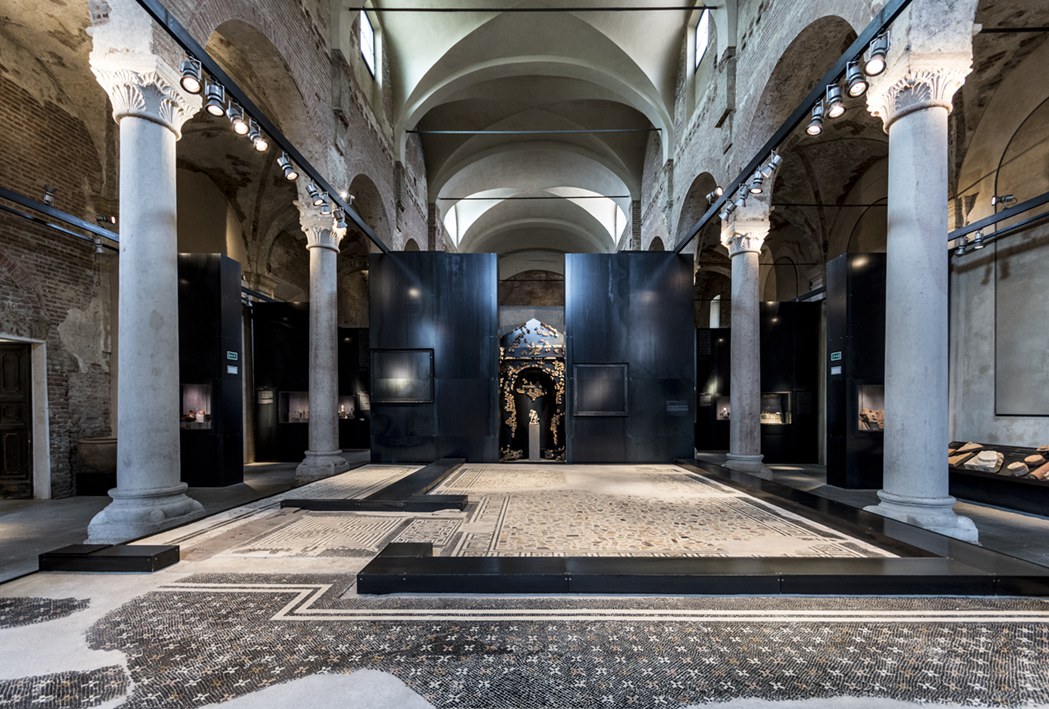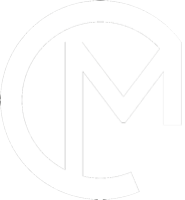
Address
San Lorenzo, 4, 26100 Cremona
Timetable
Opening hours
From Tuesday to Thursday: 09:00 a.m. - 1:00 p.m.
Friday, Saturday, Sunday and Holidays: 10:00 a.m. - 5:00 p.m.
Closed:
25th and 26th of December, 1st of January
Tickets
Single ticket: 3€
Museum admission is free on the first Sunday of each month.
2€ for the rental of the oculus:
a device that allows visitors to view a virtual recreation of the domus.
Cumulative (Violin Museum + Civic Museum + Archaeological Museum)
full price: 14.00 €
reduced (schools only): 10.00 €.
Cumulative (Civic Museum + Archaeological Museum)
full price: 12,00 €
reduced (schools only): 5,00€,
members of Gite in Lombardia: 6,00 €
The museum contains the hearth of Cremona’s archaeological collections. More than 500 objects displayed along a thematic path divided in three sections.
The first one is dedicated to the public space, and it contains the remains of a building, probably the theatre, located near Cesare Battisti street.
The second section is dedicated to the private space, here presented by the big Domus del Labirinto from Cadolini street and the Domus del Ninfeo from Marconi Square and Colletta Street.
The last section presents the necropoleis, with some parts of monuments and the graven goods.
The visitors of the Archaeological Museum can live the special experience of entering a real house of the Roman Age thanks to the use of a viewer “Oculus" which allows you to move in the virtual setting of the Domus del Ninfeo visiting some of its rooms: the peristilium, the storeroom and an elegant bedroom. The Archaeological Museum San Lorenzo pays special attention to the theme of accessibility. The Museum can offer some didactic tools for blind and visually impaired people and it can provide materials easy to be read and understood by everyone.
STORIA DI CREMONA ROMANA
All’interno dell’esposizione viene restituita l'immagine della città fondata dai Romani nel 218 a.C. come baluardo contro i Galli, la prima a nord del Po.
Nel II secolo a.C. la relativa tranquillità portò la città a un notevole livello economico e culturale; infatti nell’89, con la lex Iulia, divenne municipium. Nella guerra civile seguita all’assassinio di Giulio Cesare nel 44 a.C., l’aver parteggiato per Marco Antonio invece che per Cesare Ottaviano ebbe come conseguenza la confisca delle terre e la loro redistribuzione ai veterani augustei; ciononostante, alla fine del I secolo a.C. la città aveva raggiunto una grande prosperità economica, rispecchiata anche nel rinnovamento edilizio, con la costruzione di numerose domus signorili.
Cremona, florida fino all'anno 69 d.C., anno in cui subì la devastazione nel corso delle guerre civili che portarono Vespasiano sul trono imperiale, fu poi ricostruita e partecipò al rinnovamento edilizio e monumentale che interessò gran parte dell'Italia settentrionale nel III secolo d.C.
La ricostruzione è testimoniata da nuove residenze raffinate e da oggetti, anche di lusso, importati da diverse aree dell'Impero. Il porto è menzionato in più fonti scritte quale approdo importante fino al V secolo avanzato.
La rilevanza strategica è confermata anche dalla presenza di una fabbrica imperiale di scudi (fabrica scutaria) e dallo stanziamento di un corpo speciale di Sarmatae. Cremona subì una nuova distruzione da parte dei Longobardi di Agilulfo nell’agosto del 603, dalla quale si riprenderà lentamente solo a partire dal X secolo.
Di queste vicende sono testimonianza i reperti rinvenuti in città a partire dall'Ottocento fino agli scavi più recenti.
